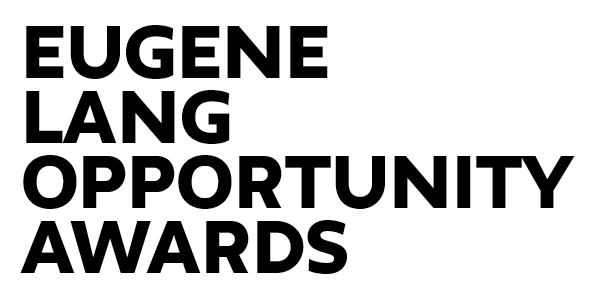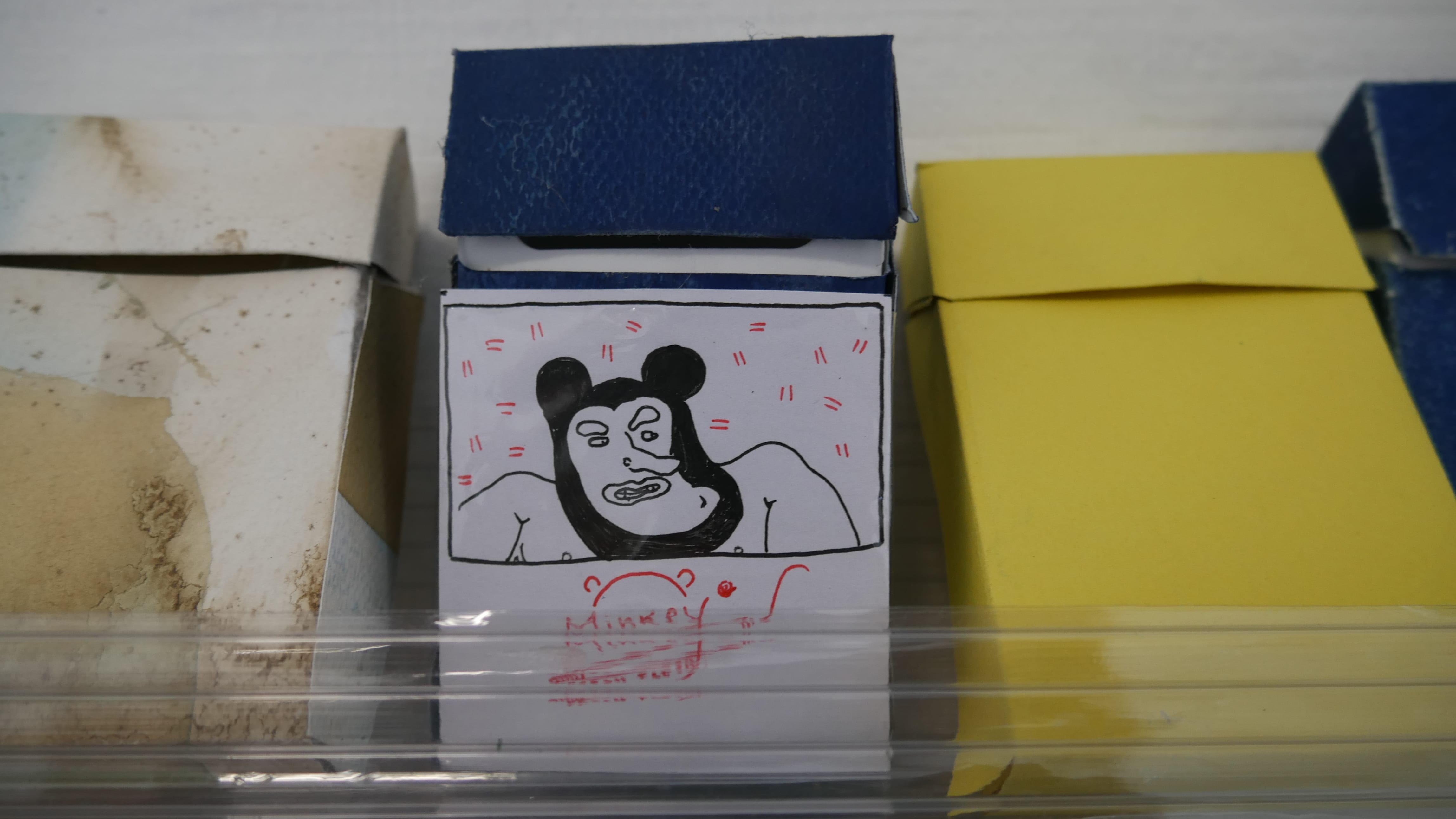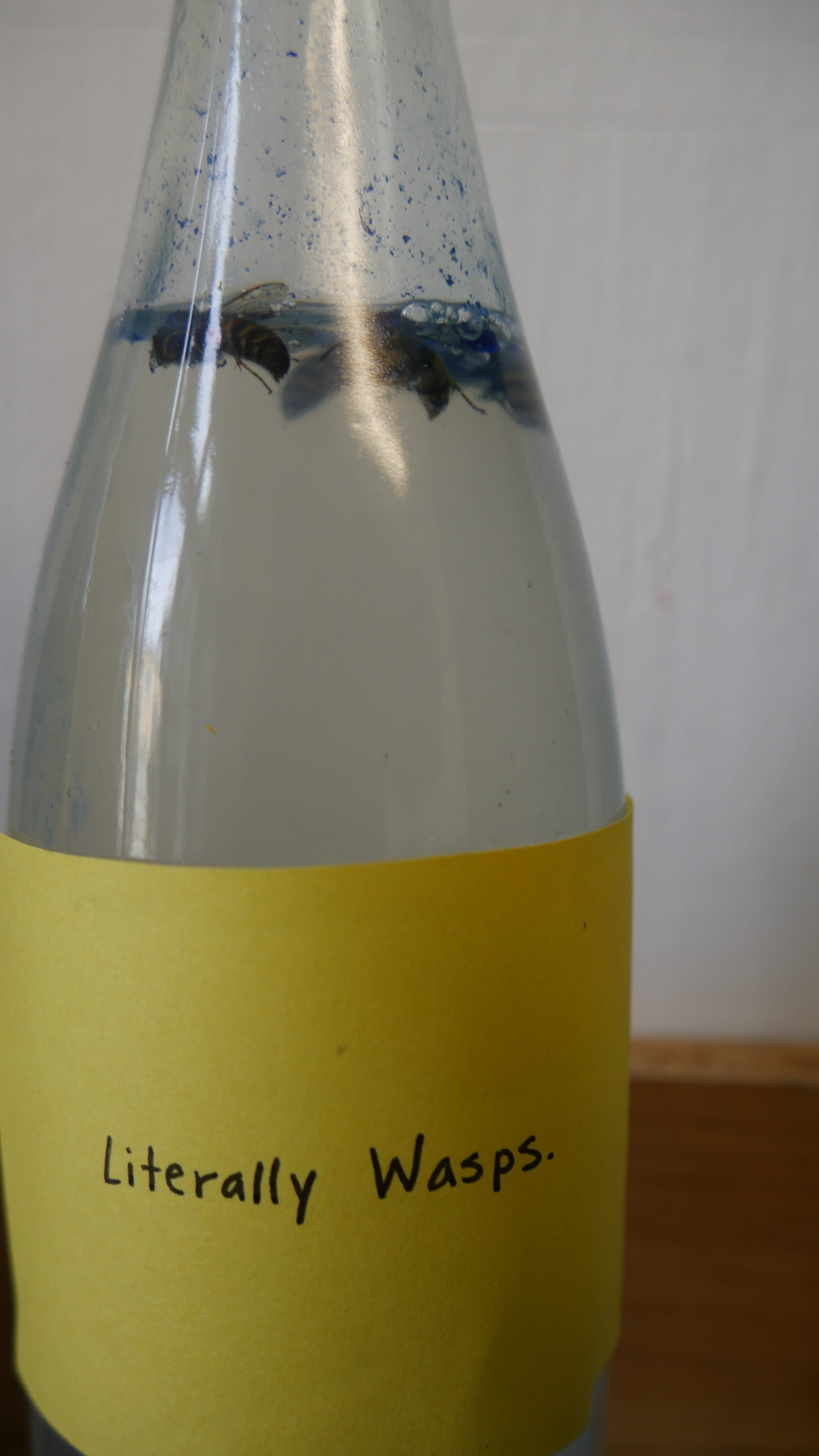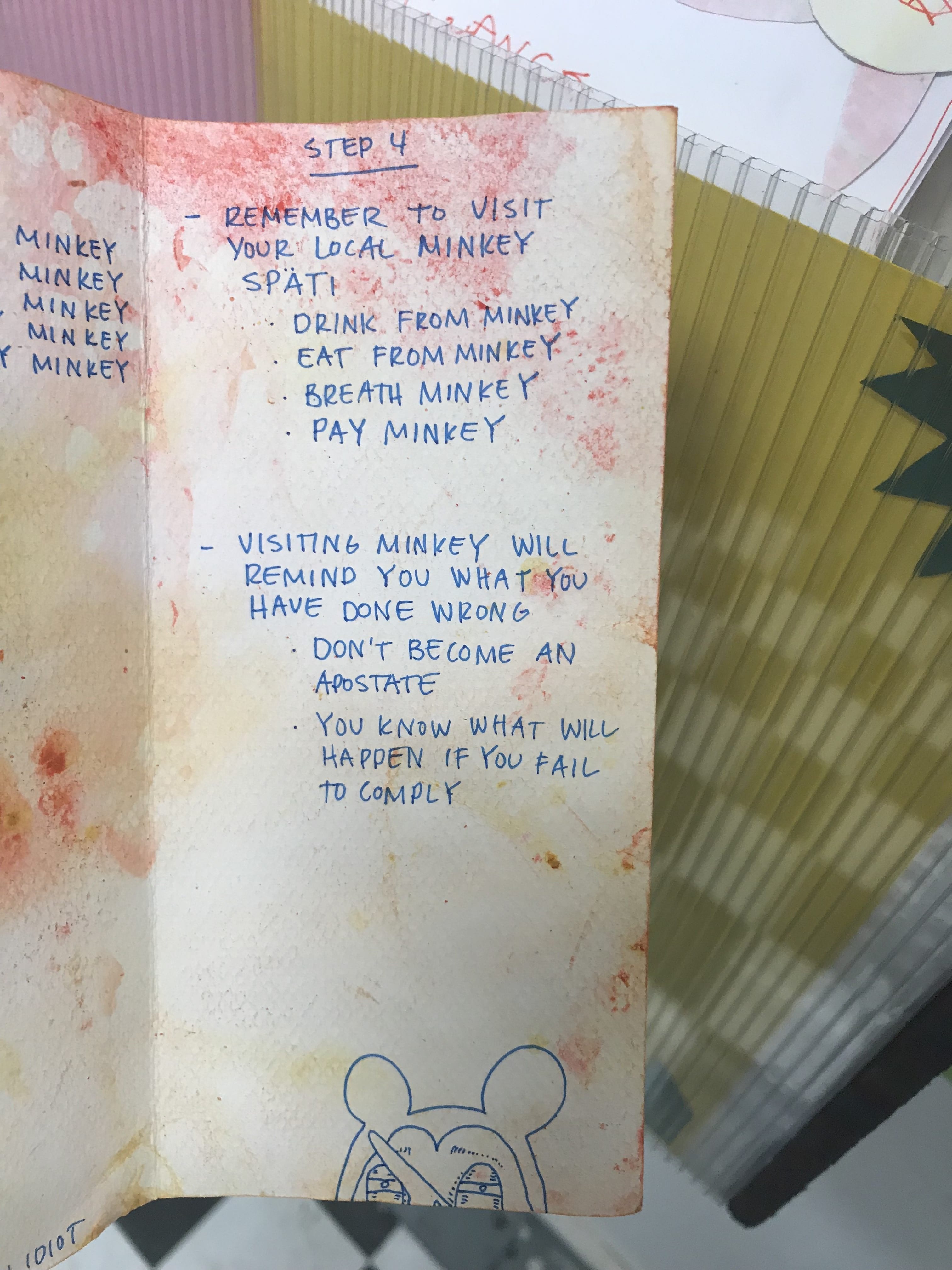This summer I attended the Bard Berlin Summer Studio. The Summer Studio is an immersive arts program that explores Berlin through an urban studies context. This year’s program was themed “Memory and Material”. Classes focused on the interlocking narratives of Berlin as both a historic and modern city. My classmates and I explored the changing space of the city by creating work and interacting with Berlin itself.
For four weeks we traveled around Berlin, visiting cultural sites and meeting working artists within the city. We used art and architecture as viewpoints into the ever-changing landscape of Berlin. Visiting Sanssouci for example gave us a look at pre-war German aesthetic and decadence.
Once the palace of Frederick the Great, Sanssouci is filled with large gardens full of wildlife, Greek statues and marble fountains. The grounds also contain a large “China House” which features racist Chinese caricatures and other nods to the romanticization of Orientalism that was prominent in German design. Sanssouci seems almost frozen in time. However Berlin holds constant reminders of the past such as graffiti carved into the marble walls of Frederick’s palace by allied soldiers.
Likewise, the contemporary art scene in Berlin is focused on the current and constantly globalizing identity of the city. While some pieces in this year’s Berlin Biennale still reference Berlin itself, the work revolves around broader themes of identity. For example Dineo Seshee Bopape’s piece Untitled (Of Occult Instability) [feelings] brings together a number of physical and digital media including Nina Simone’s “Feelings” and Bessie Head’s novel “A Question of Power” to explore her own grief as a black woman living in post-apartheid South Africa. This piece is in no way limited by its reference material. While Bopape includes her identity as a reference point, her piece exists more as a contemplation about the viewers own identities. It asks the viewer to explore their own relationship to grief as well as the physical and digital objects within the piece.
As I began to explore Berlin I found that comparing the history of the city to the contemporary work in the Biennale was a useful way to understand the intersections of Berlin’s past and present. I felt as if I was constantly being asked to reflect on the places I visited as well as my own relationship to the time and place I was inhabiting. As such I began to think about what seemed to be the most integral parts of the city and how that related to my own life. I noticed that I was focusing on stores called spätis.
Spätis, much like New York’s bodegas, serve as cornerstones of the city. Not only are these spaces often open 24 hours a day, they are also institutions frequented by every walk of life. Despite the gentrification – specifically the gentrification of business – that is rapidly changing both cities, bodegas and spätis respectively have largely remained the same. Therefore despite your class or social standing, you will most likely find yourself in such a corner store with someone very different from you, personally I think there is something beautiful about that. My goal became to create my own version of a späti, and therefore a place to think about the importance of corner stores as an integral part of community.
However, I thought that it was equally important to make my space inviting. Although I wanted to make a space to think, I wanted my viewers to laugh about it as well. So, I tried not to take myself seriously as much as possible. Likewise, I let the environment around me dictate the type of space I created.
As much as I tried to focus on Berlin itself, I couldn’t help from noticing that an alarming number of people wore Mickey Mouse merchandise around the city. To me, Mickey was such an American symbol, but the more I thought about it the more I realized how much of a globalized figure Mickey had become. Much like a corner store, Mickey, for the most part is a universally loved entity, especially in the western world. It felt like Mickey was in some way an important marker of the globalization of world around me. Mickey became a joke in my head and I decided it was important to explore him with my store project.
Thus, “Minkey” was born – a foul mouselike creature whose supposed sleazy behavior promotes the concept of community through cultish capitalism.“Eat from Minkey, Drink from Minkey, Pay Minkey,” says the fiendish rodent. Come to Minkey Späti and you will feel welcome. Become one with Minkey.
I built Minkey Späti out of the materials available to me. I felt that this was important because corner stores are by no means independently well funded projects. If anything they rely on cutting corners to survive. There was no way I could make a Mickey Mouse späti, so I turned to Minkey. Minkey agreed to help me out by letting me brand my store using his face. Of course being the cheapskate he is, he ordered me to split the profits with him 60/40. I found that selling his propaganda actually turned a profit.
My goal was not to create an exact replica of a späti, it was to highlight some of the things that I love about corner stores. This included the essential creature comforts like cigarettes and alcohol as well as secondary products such as greeting cards.
All of these items were handmade in one way or another. Corner stores are also typically filled with tchotchkes, things that are worthless, unwanted, and routinely suffocate fish in the pacific garbage patch. This is why I chose to include a Mike Pence figurine. Featured as a white knight holding a Blue Lives Matter flag, the Mike Pence doll is a reminder of all that is absurd and commodified and how equally toxic that is to the world around it.
Despite being a project devoted to materiality, I refused to disclose the materials I used. Minkey Späti is in and of itself the essence of the material of Berlin. This project was intended to foster conversations about corner stores, globalization, personal experience, and identity, not about the materials themselves. That conversation seems both too forced by the art world and too limiting to the imagination. I wanted people to find their own associations to the products in my store, rather than discuss my clear overuse of hot glue.
Minkey Späti became my lens of focus for Berlin. It did not define my experience, instead it forced me to begin to think about my environment. I hope to use this project as a framework for my thesis this upcoming year. Although I might not focus on Minkey, I hope to use the absurdity of consumables and commoditized culture to critique the institutions of gentrification. Furthermore, Minkey Späti has encouraged me to archive the narratives I experience on a daily basis. Berlin itself is a city with many stories to be listened to, and I encourage everyone to find their own inner Minkey there.



















